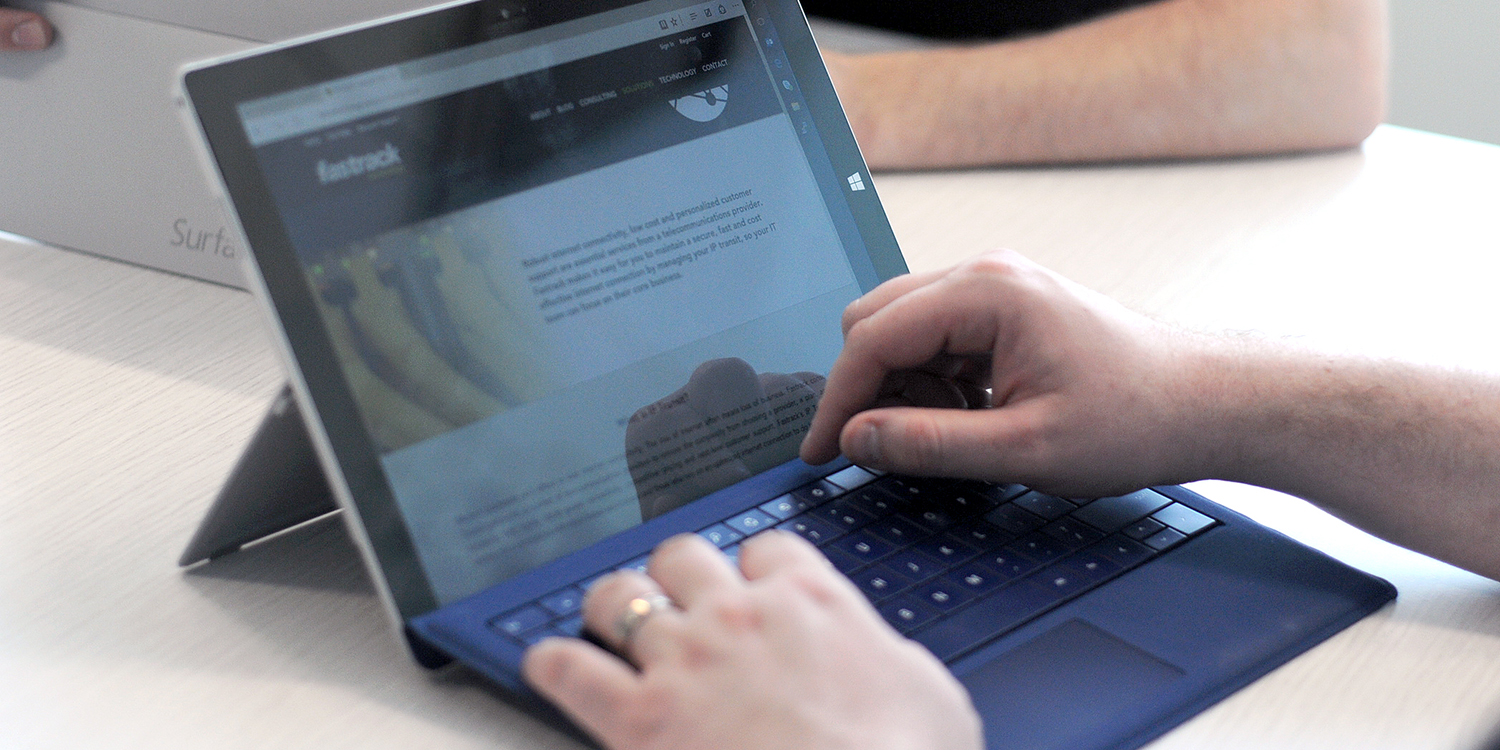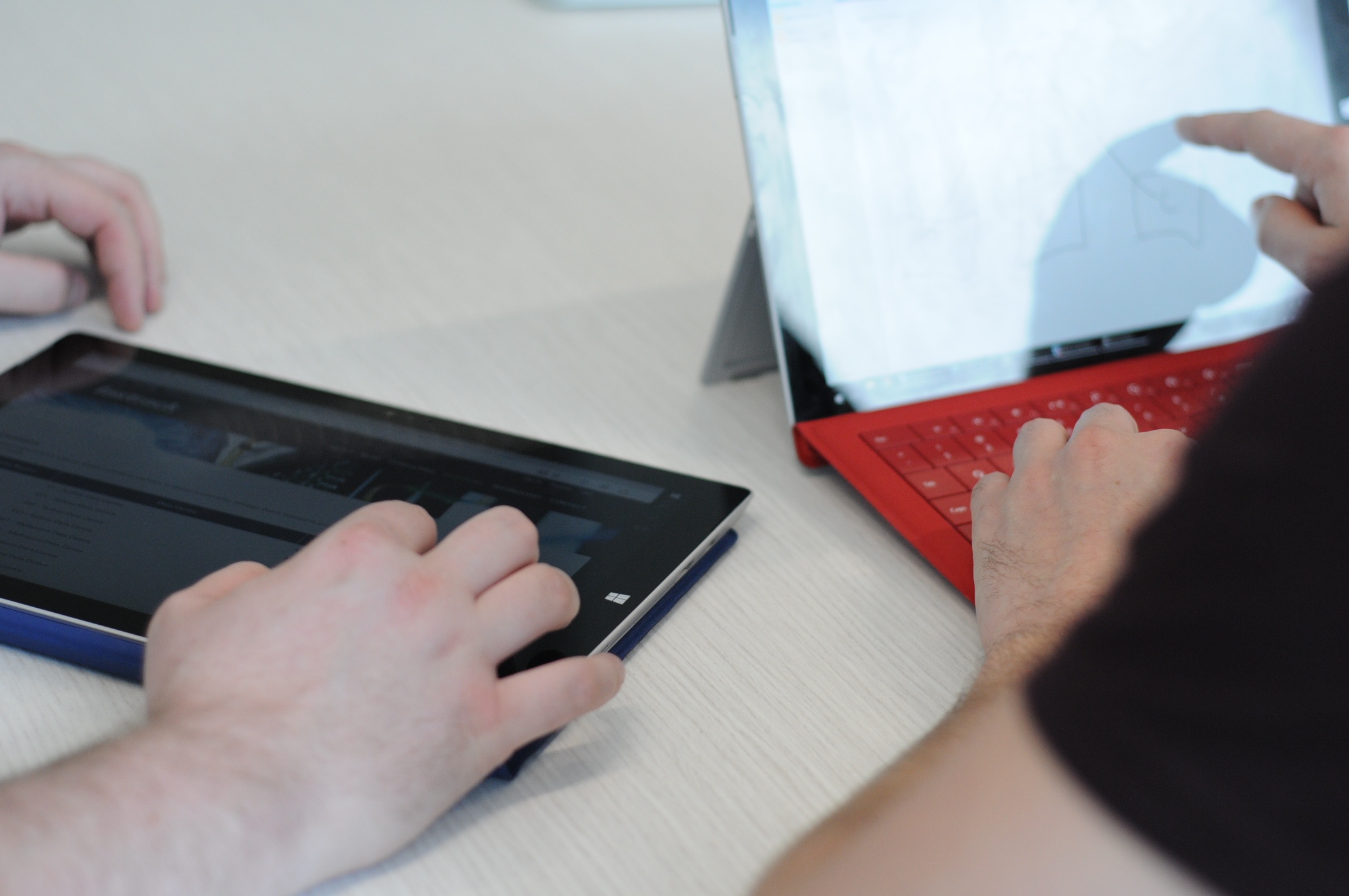How Windows 7 EOL will impact your Office 365 subscription
After 14 January 2020, Microsoft will no longer provide security updates or support for devices running Windows 7. That’s less than three months...
At Fastrack Technology, our vision is to fundamentally change the way our customers perceive and consume datacentre and network services.
Got any questions or concerns, or simply want to provide feedback to the team? Contact us today!
At Fastrack Technology, our vision is to fundamentally change the way our customers perceive and consume datacentre, network and collaboration services.

Microsoft has dubbed Windows 10 the last OS upgrade you'll ever need. However, if your initial deployment isn't executed with the future in mind, a range of issues can occur - both during your initial deployment or while managing updates and patches long-term.
To create seamless a Windows 10 experience, you will need to consider a range of challenges including: whether you will manage Windows 10 with SCCM or Microsoft Intune, which group policy configurations you will need, whether you need to make changes to ensure application compatibility and how you will design your new SOE.

Like your organisation, every Windows 10 deployment project is different.
The first step for most enterprises upgrading to Windows 10 is deciding whether your organisation is ready for the change. The first step is to speak to your Microsoft account team, who can guide your licensing choices.
Once your licence agreement is finalised, you need to consider how moving to a new, touch-enabled and mobile-orientated OS will impact the way you manage your hardware fleet. If you're like most organisations and already heavily invested in System Center Configuration Manager (SCCM or Configmgr), your SCCM environment can be maintained and improved throughout your Windows 10 upgrade.
SCCM is by far the most robust tool for Windows 10 deployment and is suitable for either simple or highly complex IT environments. It’s a feature rich solution that covers everything you would ever need for a Windows 10 deployment and on-going OS management. If SCCM is not an option, Microsoft Intune also offers a simplified cloud-based solution and Microsoft Deployment Tool (MDT) is a free, user-friendly option for deploying and managing simple Windows deployments. However, SCCM’s capabilities are vast, including: hardware and software inventory, patch management using Windows Server Update Services (WSUS) and detailed reporting capabilities allowing your IT to follow (or not follow) every step of your deployment.
SCCM also scales effectively regardless of the number of offices, staff or geographical disbursement. However, SCCM requires specialised skills to install and set up correctly – the Active Directory schema must be extended, SQL Server is required, and there are multiple site server roles that need to be configured. If you're new to SCCM / ConfigMgr, we can assist you to get started or provide a full SCCM managed service.
Enforcing settings on enterprise devices through Group Policy is an essential consideration for Windows 10 deployment projects. This process allows you to dictate the level of autonomy you want users to have on your network. The stricter your group polices - the more complicated this process will be.
If you work for a large enterprise, you likely have numerous Group Policies in place. If so, you’ll need to work out how compatible your existing policies are with Windows 10 and which new policies will be required as part of your migration. Often, you’ll need less policies than you had originally.
For example, many organisations have security settings in Windows 7 where users are required to log off and on again, to perform certain tasks. Policies like these dramatically affect staff productivity and user experience. But with Windows 10, legacy features can be replaced with more secure two-factor authentication, while streamlining security processes for users.
When configuring Group Policy, your requirements will be unique to your users and environment. Depending on the type of users in your organisation – you’ll need to revisit the permissions of access to applications and related settings. You’ll need to think about the new group policy settings available in Windows 10, whether you have any super-users and what various functions and levels of seniority will need.
3. Application compatibility and remediation
Keeping application compatibility in mind as part of your Windows 10 upgrade is essential to ensuring a smooth transition.
Many of the issues with application compatibility arise when an organisation is using an older version of Office. This is a critical part of Windows 10 deployment. Don’t just think about whether the application works now. You need your applications to survive a constantly updating OS - so even if your applications work in your initial test environment, your users might experience problems down the line. So plan to remediate on an ongoing basis.

A SOE is the simplest way to ensure your devices are utilising the same settings across your environment. But how up to date is your SOE? And how compatible with Windows 10 will it be?
Your goal should be to create a highly reliable and responsive image that requires almost no interaction from IT staff and Windows 10 provides a range of security options to the SOE. For example, AppLocker can be deployed to constrain certain applications being installed, while BitLocker can encrypt users' hard drives so if their laptops are lost– data cannot be stolen locally.
IT pros are now judged by the experience users get from end devices. So, a flexible SOE is crucial to creating a platform that is productive and user-friendly – while still reducing risks during an always-updating Windows 10 environment.

After 14 January 2020, Microsoft will no longer provide security updates or support for devices running Windows 7. That’s less than three months...

When you begin a Windows upgrade project, it raises a range of questions.

Traditionally, IT pros spend too much time building and customising images that will later be deployed to devices with a perfectly good OS already...